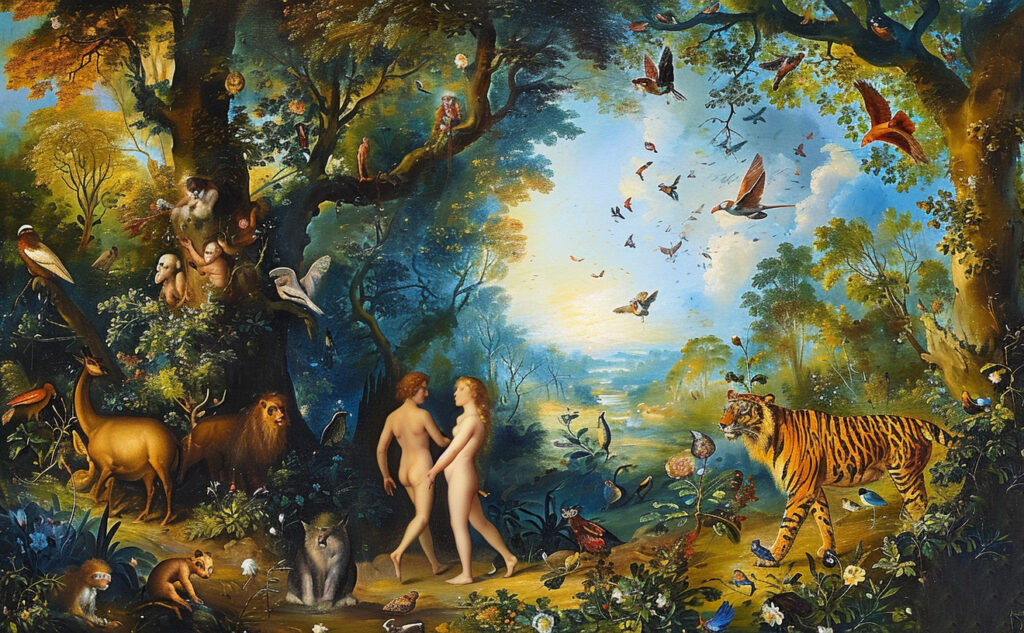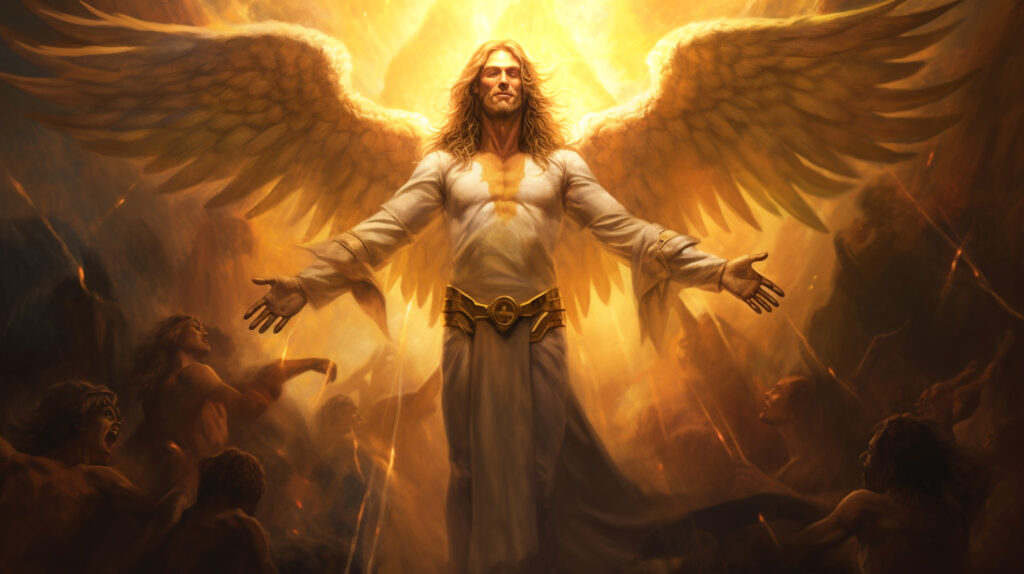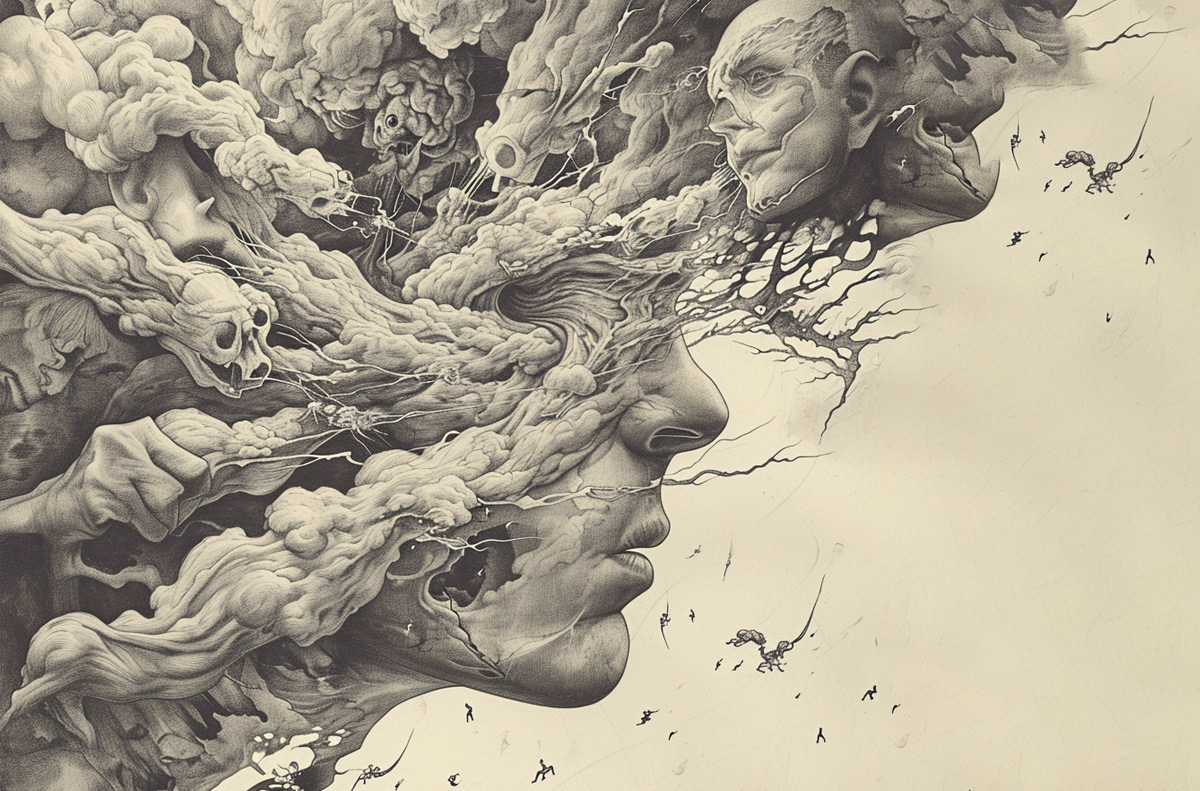I’ve been playing quite a bit lately with AI generated art. It’s quite amazing how this technology can interpret words of imaginative idea and translate those words into a powerful expression of visual form.
The following gallery of images was produced using Midjourney.
The Persistence of Dreams and Nightmares
Personally speaking, water has always been a resonant metaphor for the conscious, unconscious, and collective unconscious—the underwater world as the unconscious mind, and the endless sea as a metaphor for the collective unconscious.
While experimenting with blending techniques in Midjourney, AI produced a surprising base image that set imagination ablaze. Altogether, a dozen images were produced, composited, and blended in Photoshop to produce this composition.
It’s labeled “The Persistence of Dreams and Nightmares” as a tribute to Salvadore Dali, the artist of inspiration. (One of Dali’s most famous paintings is titled The Persistence of Time).
However, it could just as well be named “The Persistence of Desires and Fears.”
The Garden
I was in the process of updating a talk using symbology from the Garden story in preparation for making a video when I was “guided” to AI generated art.
In the original 2019 talk, I used classical paintings from different artists rendered into vector to create a sense of unity in style. It worked for its purpose, but I always wished there was a way of creating a truly synthesized aesthetic. I also wished there was a way to create additional images to accompany points that weren’t illustrated in classical paintings.
By using AI generated art, all of this is possible. This series was produced by unifying the styles of Rubens and Rembrandt.

Isn’t it truly remarkable what happens when we ‘get out of the way’ and just let grace “do the how.”
Lucifer the Angel of Light

For many who commence spiritual work, the effort was propelled by a question about the purpose of living and what’s going on here. We suspect there’s a possible state of perception which reveals the answers those questions, but we don’t know to access that awareness in our conditioned state. We begin to recognize our mechanical nature…our susceptibility to button presses and negative emotions, our lack of attention, and our disintegrated state of being. And naturally we wish to change that. We wish to be more conscious. More free. More loving. Hence, wish to be better.
The language used in spiritual traditions often contributes further to this self-improvement ideal. First generation Fourth Way writers, such as Gurdjieff and Ouspensky, often used the term “work on oneself,” which implies a process of improvement. In the Buddhist teachings, we are encouraged to follow the eightfold path (right view, right resolve, right speech, etc.). These terms are also easily interpreted as idealized behaviors.
Now in the early stages of The Work, this behavior may be useful. It drives the effort and discipline necessary to initiate spiritual work and get past the persistent habit of collapsing into identified awareness.
But at a point, this behavior exhausts its useful value and now reveals itself as Lucifer the glorious Angel of Light.
Lucifer wants to be helpful to spiritual growth…he points out our conditioning, encourages us to meditate better, struggles to bring attention to the present, flagellates us for our selfish wants, and so on.
But, despite his well-intentioned appearance, Lucifer is nothing more than another servant of desire.
